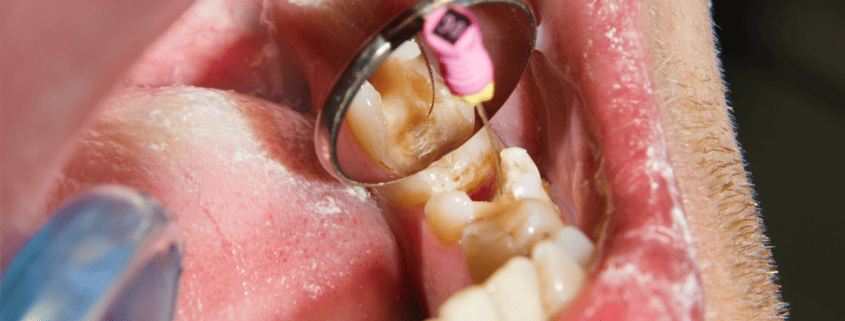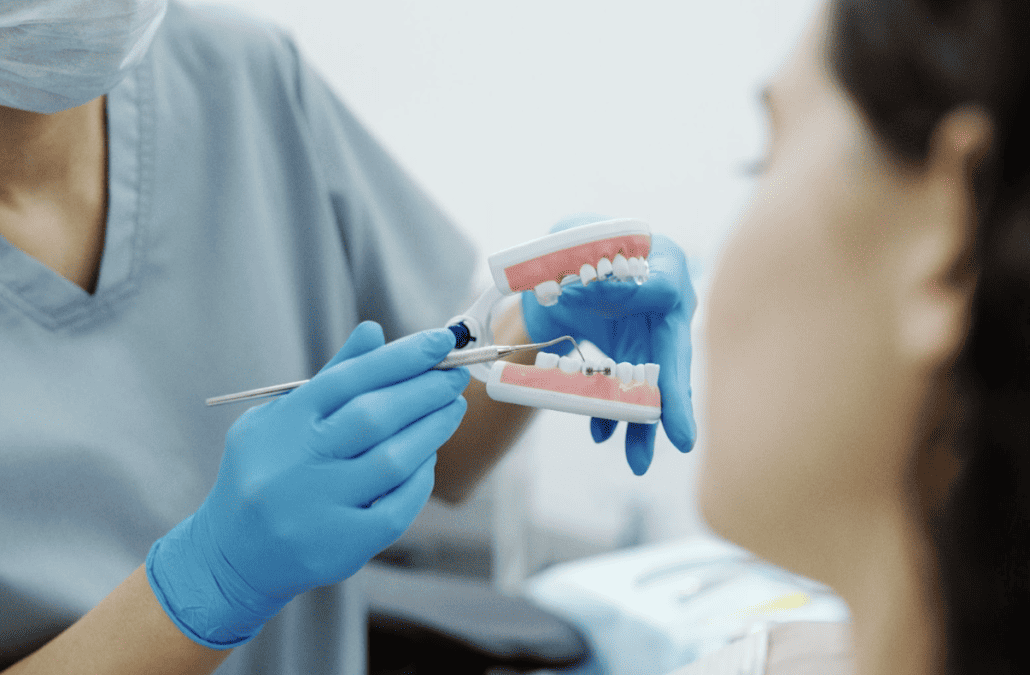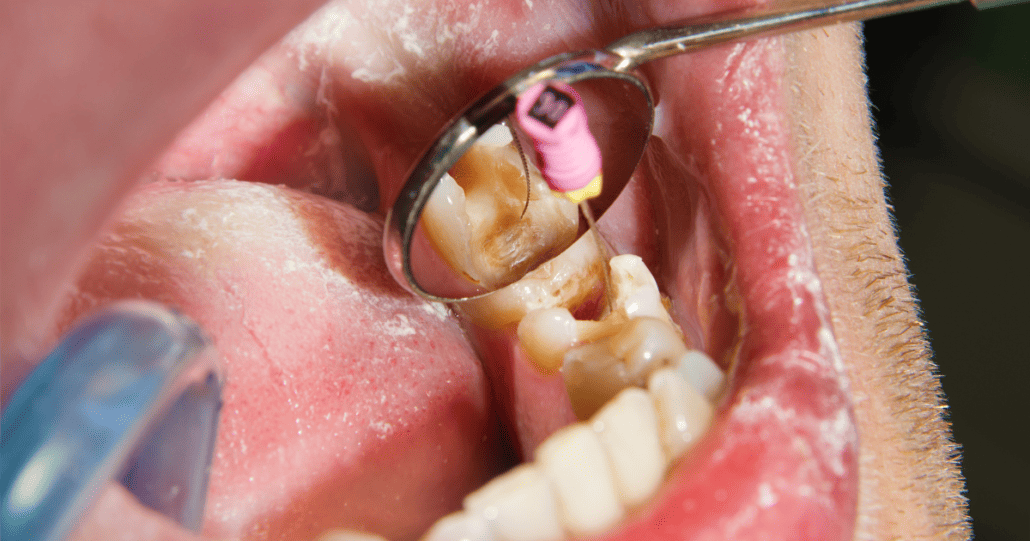Can You Get Fillings with Braces – Orthodontic Treatment Plan
What Are Dental Fillings?
Dental fillings are restorative materials used to treat cavities and repair the damage caused by tooth decay. When tooth decay occurs, it leads to deterioration in the tooth structure. Fillings help restore the tooth’s function and prevent further damage.
💡 Pro Insight: Regular dental check-ups and proper oral hygiene are essential to spot cavities early, especially with braces.
How Do Fillings Work With Braces?
Getting fillings while wearing braces can present unique challenges, but your orthodontist and dentist will work together to ensure a smooth process. Here’s how it works:
| Step | Description |
|---|---|
| 1. Diagnosis | X-rays and clinical exams identify cavities and decay. |
| 2. Preparation | Dentists carefully navigate around brackets and wires to clean decay. |
| 3. Filling Application | A special adhesive bonds the filling material securely to the tooth. |
Remember, your oral health should always be a priority, braces or no braces.
Challenges of Getting Fillings With Braces
Braces can sometimes make fillings more complex. Here’s why:
- Access Issues: Brackets and wires can block the dentist’s view of the cavity, requiring special tools and techniques.
- Bonding Materials: The adhesive must be applied carefully to ensure the filling stays secure without interfering with the braces.
- Temporary Braces Removal: For cavities near brackets or wires, a small section of the braces may need to be temporarily removed for better access.
💡 Pro Tip: If braces need to be removed temporarily, your orthodontist will replace them immediately after the procedure to keep your treatment on track.
Types of Fillings Compatible With Braces
When it comes to fillings with braces, your dentist will choose the most suitable type based on your needs. Here’s a breakdown:
| Filling Type | Material | Advantages | Disadvantages |
|---|---|---|---|
| Composite | Resin and plastic | Matches tooth color, supports tooth structure | May chip, shorter lifespan (5–10 years) |
| Amalgam | Silver, tin, copper | Durable, cost-effective | Not aesthetically pleasing, may expand/contract |
| Ceramic | Porcelain | Aesthetic, stain-resistant | Expensive, requires more tooth structure |
| Glass Ionomer | Glass and acrylic | Releases fluoride, good for kids | Weaker, prone to cracking |
💡 Pro Insight: Composite fillings are often preferred for braces because they blend seamlessly with your natural teeth.
Collaborating for the Best Results
Dentists and orthodontists work closely to ensure fillings and braces function effectively together. Here’s how:
- X-rays Reveal Issues: X-rays help identify hidden cavities or decay that may not be visible during routine exams.
- Timing Is Key: Your orthodontist may adjust your treatment plan to accommodate fillings without delaying your braces schedule.
- Preventative Care: Regular cleanings and check-ups minimize the need for additional fillings.
💡 Related Read: Learn more about oral care tips on our Tips & Tricks page.
Temporary Removal of Braces: When Is It Needed?
If a cavity is located directly under a bracket or wire, your orthodontist may temporarily remove that section of the braces. While this may sound inconvenient, it ensures the cavity is treated thoroughly without compromising your orthodontic treatment.
💡 Did You Know? Our team at Beach Braces is well-equipped to handle these cases smoothly, ensuring your smile is never compromised.
Maintaining Oral Health With Braces
Braces can increase the risk of cavities if oral hygiene isn’t prioritized. Here’s how to keep your teeth and braces in top shape:
- Brush after every meal with fluoride toothpaste.
- Floss daily using floss threaders or a WaterPik.
- Schedule regular cleanings and check-ups with your dentist.
💡 Teamwork Matters: Meet the Beach Braces Team dedicated to supporting your orthodontic journey.
Conclusion
Combining dental fillings and braces is a collaborative approach to maintaining both oral health and a beautiful smile. By addressing cavities promptly and working closely with your orthodontist and dentist, you can ensure your treatment remains on track.
If you’re concerned about cavities while wearing braces, don’t hesitate to reach out to the experts at Beach Braces. Schedule your consultation today and take the first step toward achieving a healthy, radiant smile. Visit our Welcome Page to learn more.
Take the first step towards a healthier, more beautiful smile by scheduling a consultation at Beach Braces in Manhattan Beach today. Your smile deserves the best care!

Dr Patti Panucci attended the University of Louisville School of Dentistry for four years, where she graduated with a DMD degree (May 2000) among the Top 10 in her class. Following that, she headed west to Los Angeles to complete her three-year residency at one of the top-ranked orthodontic programs in the country – the University of Southern California.
Along with her certificate in orthodontics, Dr. Panucci earned a master’s degree in craniofacial biology. During those three years, she fell in love with Southern California beach life and decided that this was where her future lay.






Leave a Reply
Want to join the discussion?Feel free to contribute!